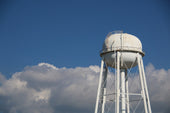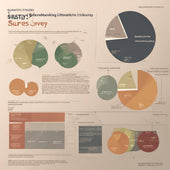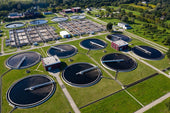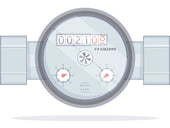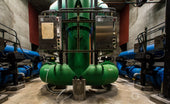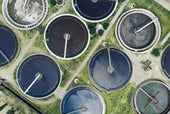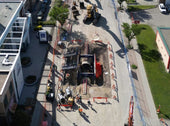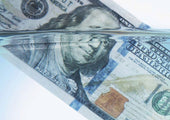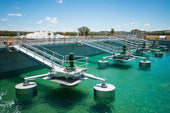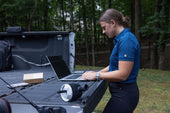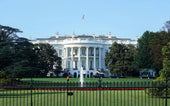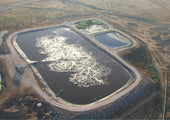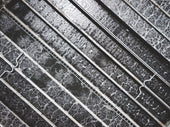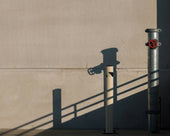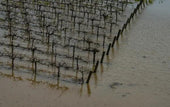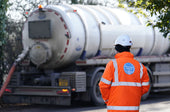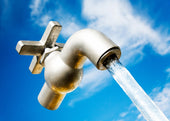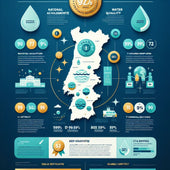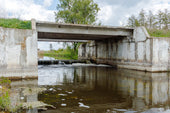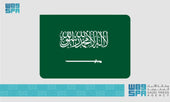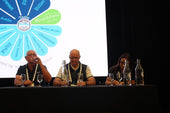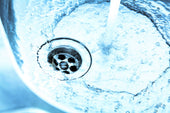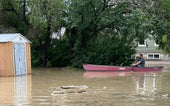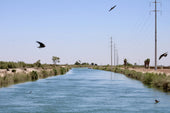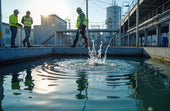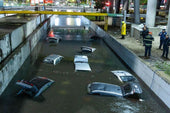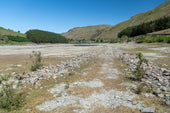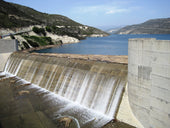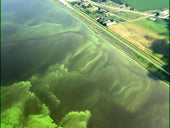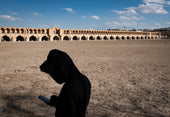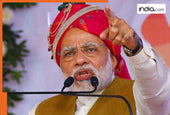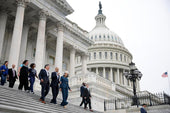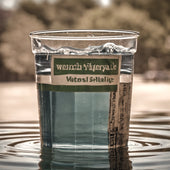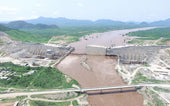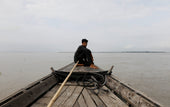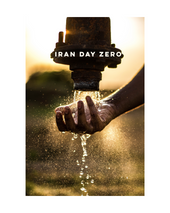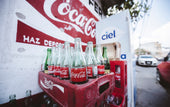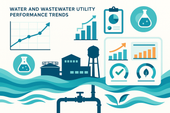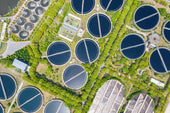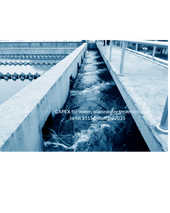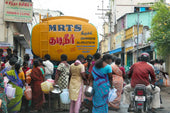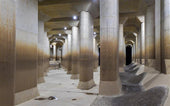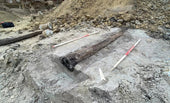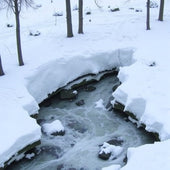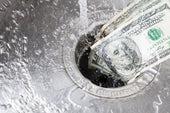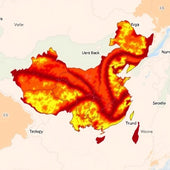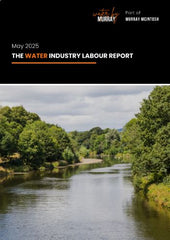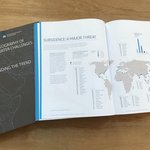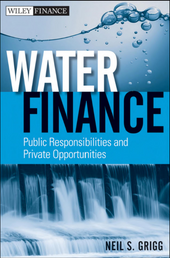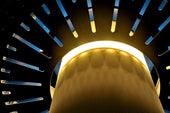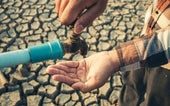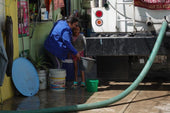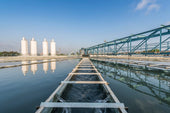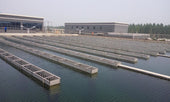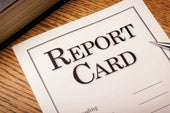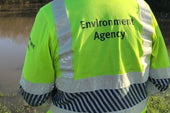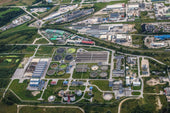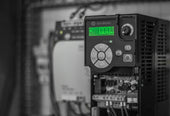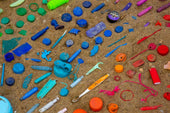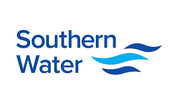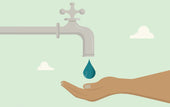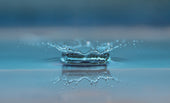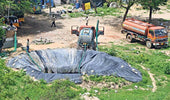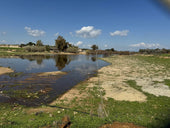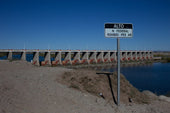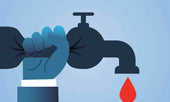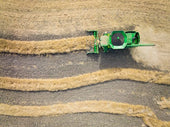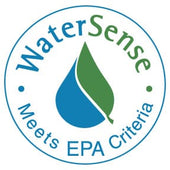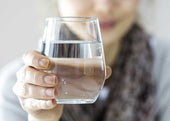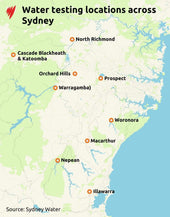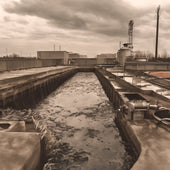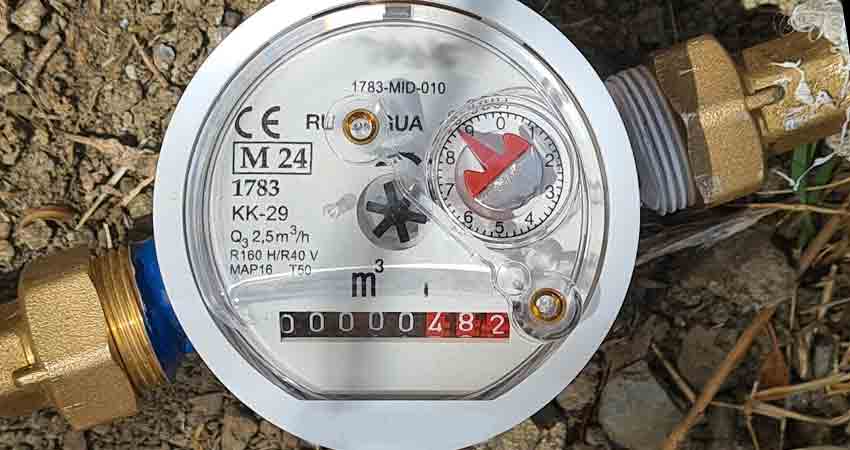
Swedish inspection reveals seven percent of digital water meters are failing
The Swedish inspection authority Swedac revealed recently that 5 out of 70 digital water meters on the market are failing. One of the digital water meters had such serious errors that almost no water consumption was shown at high flows. Some digital water meters showed either too high or too low consumption.
There are shortcomings in some ultrasonic water meters on the market. In a market inspection by Swedac, seven percent of the meters were rejected. Seventy samples of meters from seven different manufacturers were tested, ten samples per manufacturer. The five samples that did not meet the requirements belonged to three different manufacturers, namely Axioma, Sensus, and B Meters. Failures included over- or under-estimation of water consumption. In some cases, errors benefited consumers; in others, they led to overcharging.
Failures reduce trust in digital water meters
“Deficiencies in measurement erode trust in measurement systems, which can lead to increased suspicion of water meters in general”, says Erman Kelmendi, an investigator at Swedac, in a press release. The inspection has been carried out for several reasons, but the Swedish authority notes that an increasing number of water and sanitation authorities are switching from traditional water meters to digital models based on ultrasonic technology. This development has led to a greater number of digital water meters from different manufacturers becoming available on the Swedish market.
Variation in quality water meters
The market inspection of water meters was carried out in the autumn of 2024, and Swedac has now compiled a report summarizing the results. In parallel, the three companies whose water meters were rejected are being contacted by Swedac. They represent approximately seven percent of the total number of meters inspected. “The fact that the majority of meters passed the inspection, but that several manufacturers had at least one failed meter shows that variation in quality is still a relevant issue for the market”, says Kelmendi.
Effects on water pricing
The survey tested meters from seven different manufacturers, all with type approvals. A total of 70 meters were tested. The five water meters that failed the test had deviations outside the Maximum Permissible Error (MPE). Three meters overestimated water consumption at low flows. This means that these meters showed too high consumption, which is negative for the consumer. One digital water meter underestimated water consumption at the lowest flow. This type of deviation leads to the consumer paying less than actual consumption. A fifth meter showed such serious errors that almost no water consumption was measured at high flows. The meters where all ten tested specimens passed the prescribed requirements were from Kamstrup, Itron, Apator and Diehl.
Societal consequences of wrong data
“For the consumer, a meter that overestimates consumption means that you pay for more water than you use, which you naturally don’t want. If you underestimate, the municipality or the water supply supplier risks losing revenue, which can affect investments”, says Kelmendi. In addition to the perhaps most obvious fact that deficiencies can erode trust in the metering system and ultimately lead to a more and more skeptical attitude towards water charges, Erman Kelmendi also mentions another aspect. “Incorrect data can also affect environmental statistics and water conservation goals, which can have societal consequences in the long term.”
Manufacturers should improve failing water meters
Swedac has contacted the suppliers and manufacturers whose water meters showed deficiencies, to ensure that measures are taken and that similar errors are not repeated. All test results and calibration reports will then be reported to the European market surveillance system ICMS. This enables information sharing with other authorities in the EU, which may lead to broader measures at a European level. Overall, the measures aim to both restore consumer confidence and ensure fair competition in the market, concludes Erman Kelmendi.
Stricter control is necessary
Swedac concludes that digital water meters from three different manufacturers were rejected points to the need for stricter quality control in production and better internal testing before market introduction. Besides that, regular market surveillance is crucial. It contributes to a level playing field for all players, detects defective products in time, and promotes a high level of quality within the industry. Deficiencies in individual meters can have systemic effects on trust, especially if they involve overcharging. This requires actors to act proactively with information and measures.
This article was published first on the Swedish platform for water professionals cirkulation.se
The post Swedish inspection reveals seven percent of digital water meters are failing appeared first on Water News Europe.
